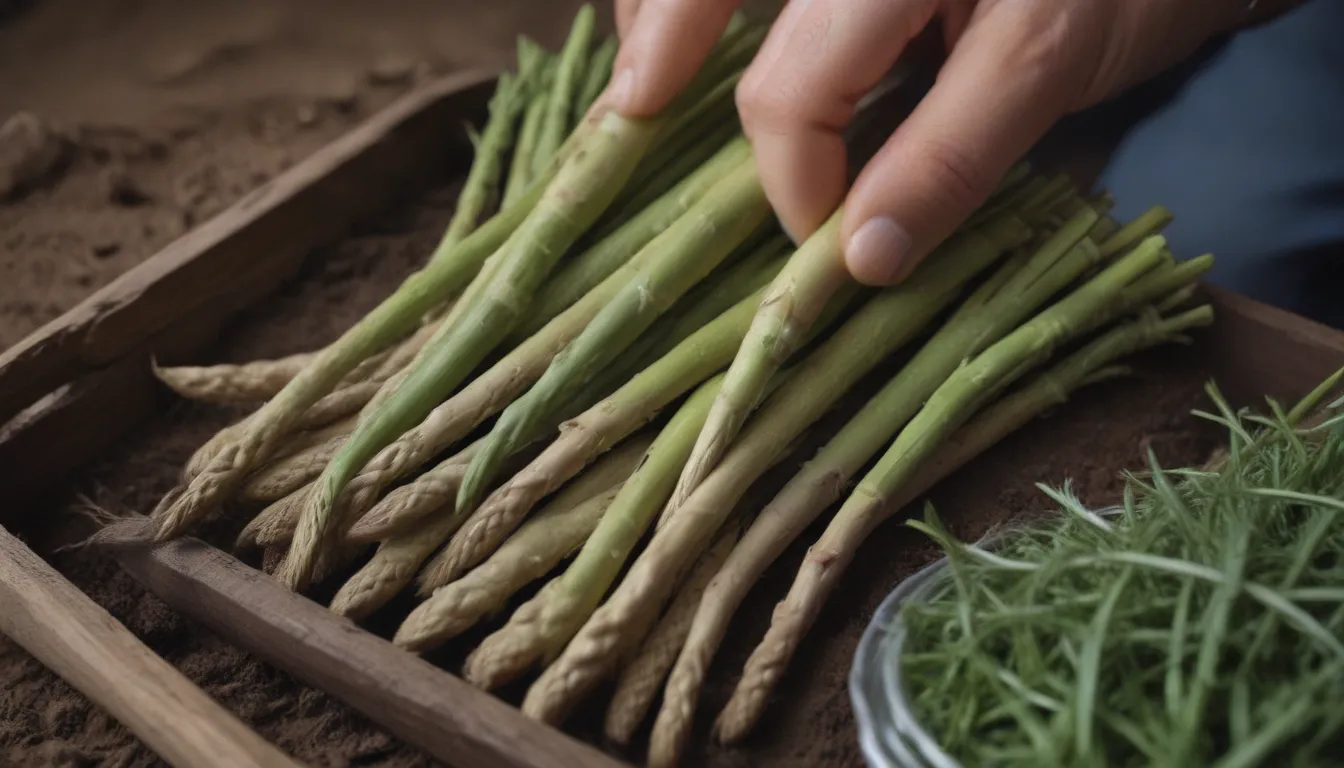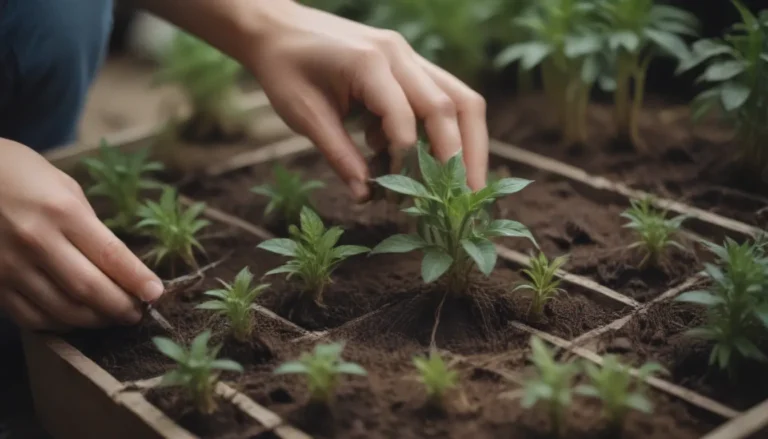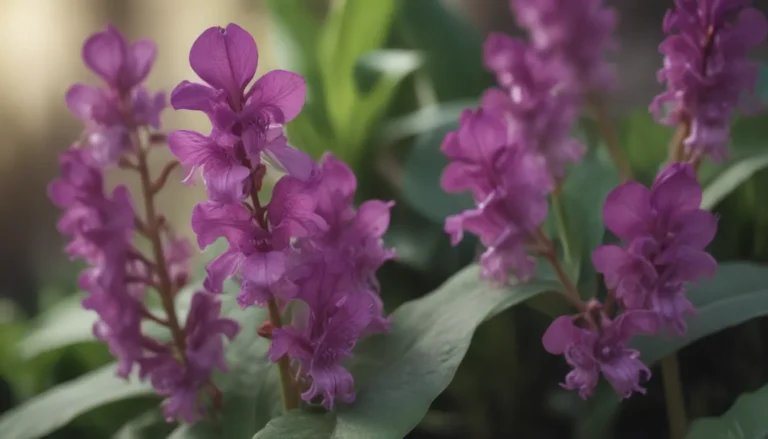The Ultimate Guide to Transplanting Asparagus: Tips and Care

Asparagus is a unique perennial vegetable that requires minimal maintenance but can provide a bountiful harvest year after year. While it may seem like a low-maintenance crop, there are times when you may need to transplant your asparagus to ensure its continued growth and productivity. In this comprehensive guide, we will explore the reasons for transplanting asparagus, when to do it, and how to care for your newly transplanted plants.
Reasons to Transplant Asparagus
Asparagus plants are known for their longevity and productivity. A mature asparagus stand can produce spears for up to eight weeks, yielding around 20 spears per plant. However, over time, asparagus beds can become overcrowded, leading to decreased yields. Here are some common reasons for transplanting asparagus:
- Crowding: Overcrowded asparagus plants can compete for resources and result in smaller, less productive spears.
- Suitable Site: Transplanting allows you to move your asparagus to a sunnier location with better drainage and soil quality.
- Crop Sharing: If you have a surplus of asparagus plants in one area, transplanting can help distribute them evenly throughout your garden.
Asparagus is a resilient plant that can thrive for many years with the right care and attention.
When to Transplant Asparagus
Asparagus plants enter a period of rapid growth in the spring, making it an optimal time to transplant them. Ideally, you should transplant your asparagus early in the spring as soon as the ground is workable. This timing allows the plants to recover from the shock of transplanting and establish themselves before the growing season.
Transplanting asparagus in early spring ensures that the plants have enough time to acclimate to their new environment before the growing season begins.
How to Dig Up and Transplant Asparagus
Before you begin the transplanting process, it is essential to prepare the new planting site. This will minimize the time your asparagus plants spend above ground, reducing the risk of stress and damage. Here are the steps to follow when transplanting asparagus:
Preparing the New Site
- Choose a sunny location with well-draining soil for your new asparagus bed.
- Prepare the soil by mixing in compost to improve fertility and soil structure.
Digging Up Established Plants
- Identify the individual crowns of your asparagus plants, which will help you divide them during the transplanting process.
- Gently tease apart the tangled roots using your hands or a sharp garden knife.
- If the roots are dense and overgrown, trim them to make replanting easier.
Replanting Your Asparagus
- Create mounds of soil mixed with compost in the prepared trench, spacing the asparagus plants 18 inches apart.
- Position the crowns so that they are about two inches below the soil surface, with the emerging spears facing upwards.
- Spread out the roots over the soil mounds and cover them with a mixture of soil and compost.
- Finish by applying a 3-inch layer of mulch over the soil surface to suppress weeds and retain moisture.
Proper replanting techniques are vital for the successful establishment of your asparagus plants in their new environment.
Caring for Newly Transplanted Asparagus Plants
After transplanting your asparagus, it is crucial to provide them with proper care to ensure their continued growth and productivity. Here are some essential care tips for newly transplanted asparagus plants:
- Watering: Keep the soil moist but not waterlogged to promote healthy root development.
- Fertilizing: Apply an all-purpose balanced fertilizer to provide essential nutrients for the plants. Use one pound of granular fertilizer per 100 square feet of bed.
- Weeding: Regularly remove weeds from around the asparagus plants to prevent competition for nutrients and space.
- Harvesting: Avoid harvesting spears from newly transplanted beds during the first season to allow the plants to establish and build up energy reserves for future growth.
By following these care guidelines, you can ensure that your newly transplanted asparagus plants thrive and produce bountiful harvests for years to come.
In conclusion, transplanting asparagus is a necessary step to maintain the health and productivity of your plants. By understanding the reasons for transplanting, knowing when to do it, and following proper care practices, you can ensure the success of your asparagus bed for many years. Remember, patience is key when transplanting asparagus, as allowing the plants time to establish will lead to a more robust and productive crop in the future. Happy gardening!





